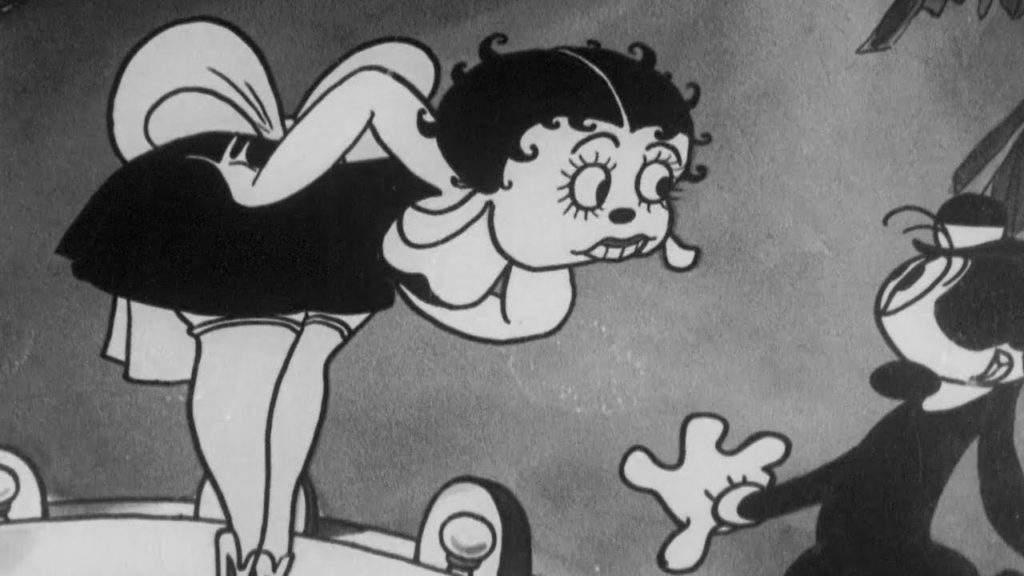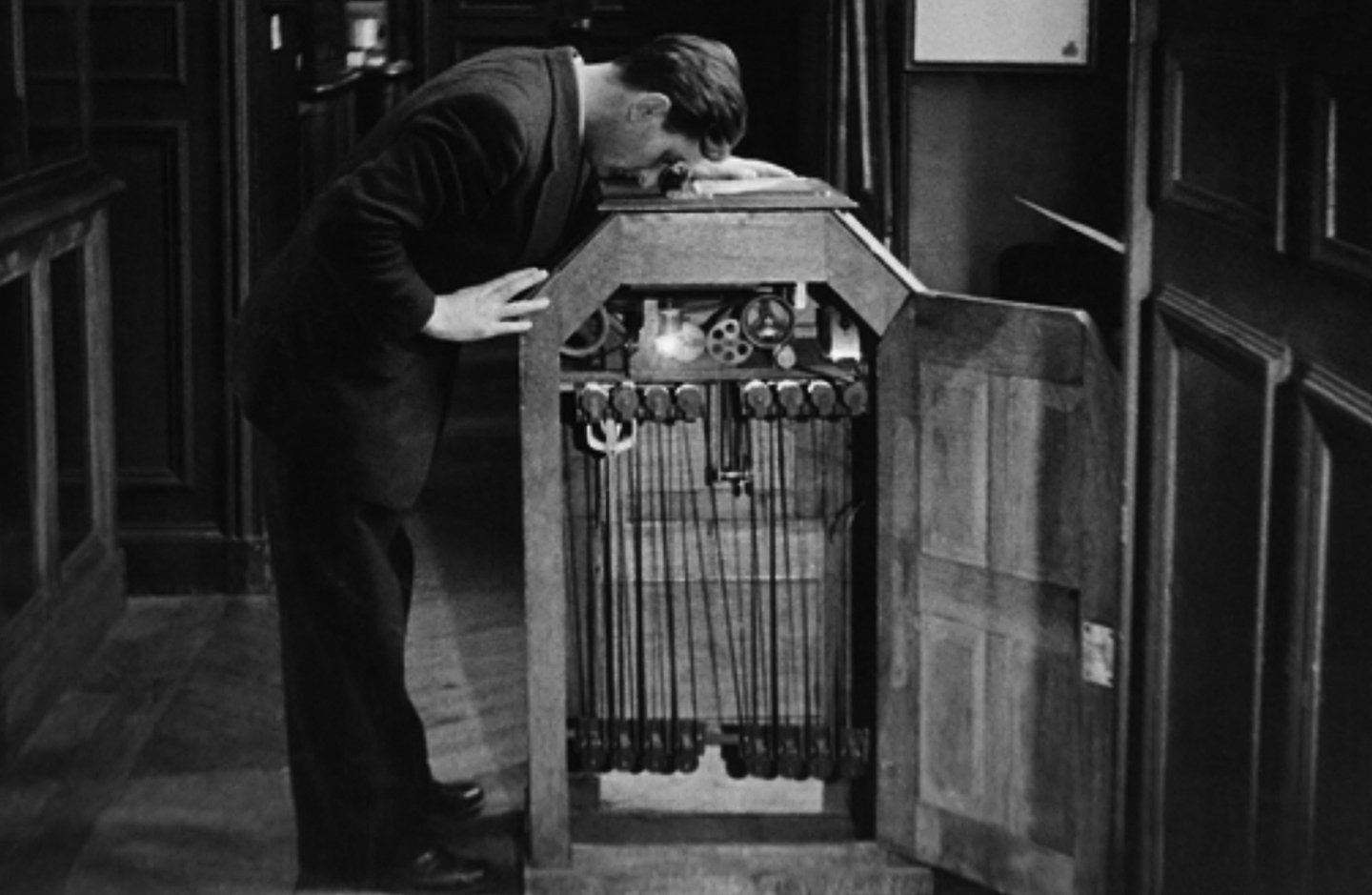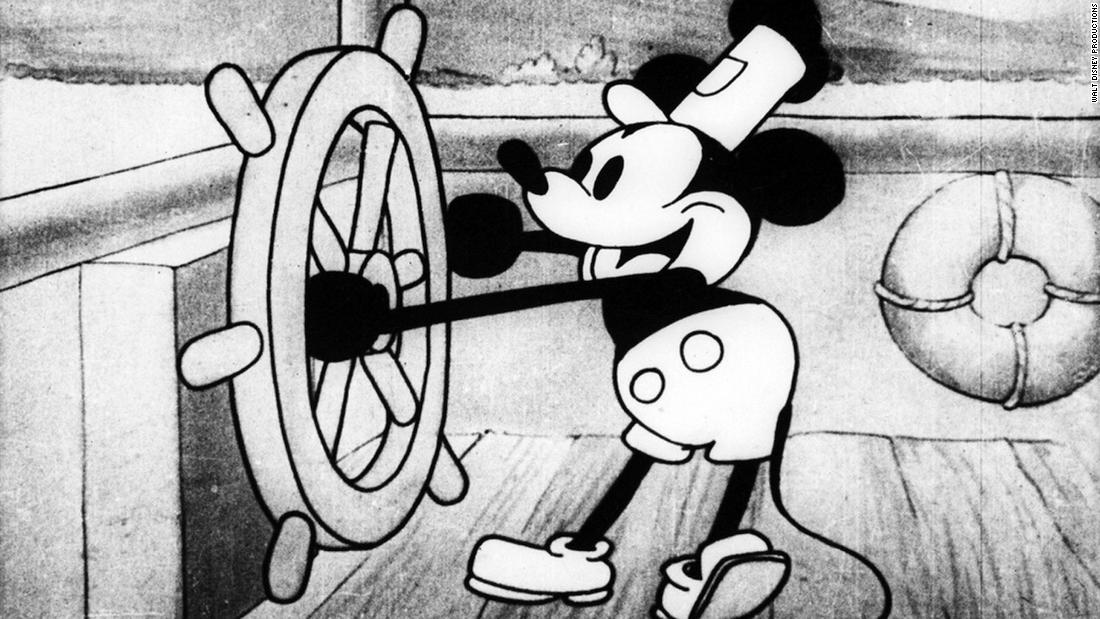What many people do not know is that animation has been around longer than most of us have been alive. People usually think that animation was created in studios but that is wrong.
Animation started thousands of years ago when ancient civilizations started scribbling on the walls of caves. Animation has since then been used as a form of entertainment in which many real-life sequences are portrayed.
Throughout the years, the techniques and the types of animation have changed. Modern animation has brought forth many improvements to the way we do animation. Up next, we're going to tell you how modern animation differs from the past.

Contents
A Timeline of Changes
Animation has always been around us since the beginning of time. When people started learning how to draw and depict different figures, people also began learning animation. Art has gone through a vast amount of change throughout history.

In modern animation, we can easily create sketches within a few hours while before, it would take weeks. The change of animation styles did not happen overnight. It was a gradual process of improvement as technology became more and more prevalent.
Where It All Began
Throughout the ages, animation can be seen in paintings and walls. However, animation truly came to be the art form that we know today when H.W. Goodwin created a celluloid film out of gum cotton and gum camphor.
This film was able to hold different images and when run through a machine would project these images into a short film.
This was the time when animation in the film was invented and everything about animation changed. This jump-started the industry of animation in films and television.
The Praxinoscope
A few years after Goodwin invented the celluloid film, Emil Reynaud invented the Praxinoscope where it used a turning mirror that reflected images that create moving scenes.
The film were around 10 to 15 minutes long and people started flocking to theaters in that era to take a peek at the praxinoscope.
The Kinetoscope
World-renowned inventor Thomas Edison also played an important role in the progression of animation that we know today. Edison used the blueprints of the celluloid film and created a moving film where people could take a peek at it through a lens.
Edison created a contraption that used a series of wheels that would rotate the images on the film to produce the animation.

The Father of Animation
It wasn't until the 1900s when animation truly took off to become part of the entertainment industry. James Stuart Blackton, known as the father of animation, created the first-ever animated sequence in film.
He did that by drawing characters into the film without ever having shown it to the actors or artists. The first-ever animated film was Fantasmagorie by Emile Cohl.
The movie portrayed characters transforming into different objects and defying reality. It became so popular and successful that many animators today use it as a blueprint for their animation.
Streamlining Animation
Not long after the first animated film was released, many moviemakers wanted to push the boundaries of animation. It was in 1914 when Gertie the Dinosaur shocked the world as the first animated film to use different techniques in animation.
This was the time when keyframing, animation loops, and many more techniques in animation were incorporated in film and became a staple in the use of modern animation.
Soon after, John Bray streamlined the entire process and perfected the techniques so people can create animated films within the industry by following the standard process.
The Rise of Walt Disney
It is no secret that Walt Disney is the king when it comes to animation. Walt Disney wanted to get into the world of animation and started his studio and released Laugh-O-Grams but the venture was fruitless.
That did not stop Disney from doing what he loved and he continued to create animation films.

In 1928, he released a short film called Steamboat Willie where it featured one of the greatest animated character of all time - Mickey Mouse. It became a total success and launched Disney into the conglomerate that it is today.
Many other studios began popping up and started their animated films. Studios like Warner Brothers became popular and the animated film industry was in full swing.
The quality of the animation was always pushed to its limits with the likes of Betty Boop, Daffy Duck, and Popeye. The creation of King Kong cannot be undermined as one of the most historic steps in terms of animation.
It was considered a gigantic leap in animation especially at a time when there was limited technology. King Kong was considered the most iconic landmark in animation history.
The Dawn of New Technology
Decades went by and the techniques in animation remained similar to what it was during the early years.
In 1961 things changed with the movie One Hundred and One Dalmatians. They used xerography where it eliminated the hand-inked outlines of the characters thus making it much easier for animators to push the limit and save a lot of time.

Once again, animation was on the brink of new development when computer-generated graphics were incorporated into animated films in 1972.
Animation was then used in live-action movies such as the infamous Who Framed Roger Rabbit where real-life actors were featured alongside animated characters.
Modern Day Animation
Jurassic Park and Toy Story pushed the boundaries of computer-generated animation and Toy Story became the first-ever computer-generated animated movie.
Soon after, 3D rendering and other techniques were used to make modern animated movies that we have come to love these days.
Conclusion
Who would have thought that the simple use of gum cotton and gum camphor could create a massive industry. This industry created the likes of Mickey Mouse and many other iconic cartoon characters?
The greatest thing we can learn from all of this is that Walt Disney was fired from a news reporter job for not being good enough, but he was better. He built an empire and the newspaper stayed basic.



